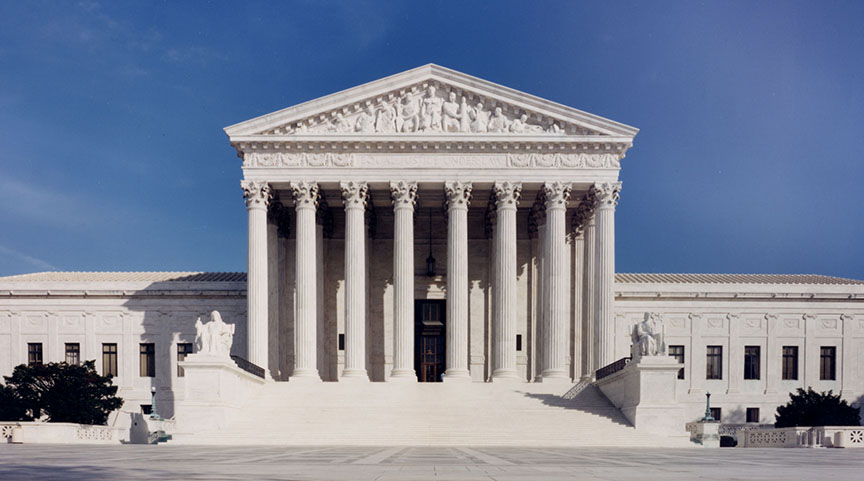The independence of the Judicial branch of our Federal government is one of the key checks and balances created by the framers of the Constitution. So long as their only master was the law of the land, including the Constitution, the Federal bench would be able to restrain the potential excesses of the Executive and Legislative branches without being susceptible to the whims and passions of the electorate.
Presidents, Senators, and Representatives will sometimes pander to the worst instincts of the voters in order to curry their favor. We often hear politicians going full demagogue about the “unelected” justices of the Supreme Court thwarting the “will of the people,” but sometimes the people are wrong. Being unelected, and thus unaccountable to the voters, allows the Court to rein in their darker passions, keeping the law of the land in line with the Constitution.
Texas senator, wedgie-magnet, and alleged Constitutional scholar Ted Cruz doesn’t agree, or at least he acted like he didn’t during the 2016 presidential primaries while trying to weasel his way into the good graces of a Republican base angry about recent Court decisions in favor of the Affordable Care Act and marriage equality.
Cruz proposed perhaps the worst constitutional amendment in the history of the Republic, at least since the multiple proposed amendments to ban interracial marriage in the 19th and early 20th centuries. The Cruz amendment would subject Supreme Court justices to public “retention votes,” thus undermining the court’s independence from the intemperate whims of the body politic. For someone who would no doubt claim to be a “strict constructionist” when it came to the Constitution, Cruz’s efforts to dismantle the will of the Founding Fathers is unconscionable.
To his credit, not all of Cruz’s proposals were completely without merit. He was also willing to hear “reasonable” proposals for judicial term limits. Given how unreasonable his judicial retention vote idea was, I’m not confident in Cruz’s criteria for a “reasonable proposal,” but I’ll give it a try.
I don’t think it’s unreasonable to limit Supreme Court justices to a fixed term. That doesn’t undermine the independence of the Court while also keeping a supply of fresh eyes and fresh ideas flowing through the bench. If the number of justices remained fixed at nine, I think an eighteen-year term for each justice would be ideal. These terms would overlap, with one expiring every two years. Each president would then nominate two justices per four-year term.
If a justice were unable to finish out their eighteen years, the president would nominate a replacement to serve out the remainder of the term. At the end of a term, either a full eighteen years or a partial term, the justice would be ineligible to serve on the Supreme Court again.
Also, to prevent a repeat of the fiasco surrounding Merrick Garland’s nomination, where childish Senate Republicans petulantly refused to even consider President Obama’s nominee to replace the late Antonin Scalia, I think we also need an amendment to change the process by the Senate “advises and consents” on presidential nominations, including cabinet secretaries, agency directors, and ambassadors. I think the Senate should have a window during which they must give each nominee an up or down vote. This window could be something 90, 120, or 180 calendar days after the president makes the nomination. If the Senate fails to vote in that time, the nominee is automatically confirmed with the “passive consent and acquiescence” of the Senate. If the Senate wants to block a presidential nominee, they shouldn’t be able to get away with playing silly procedural games. It should require a vote.

